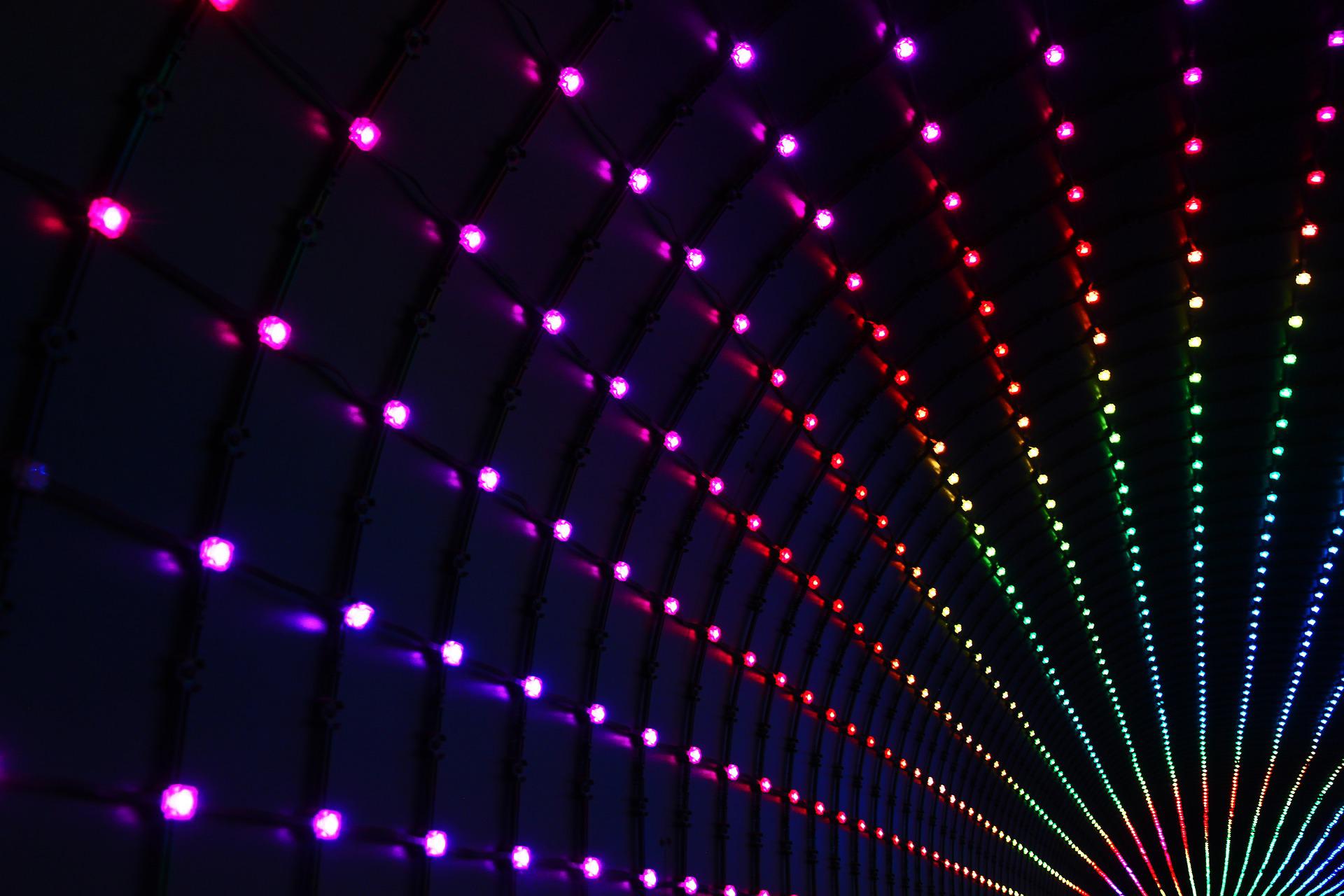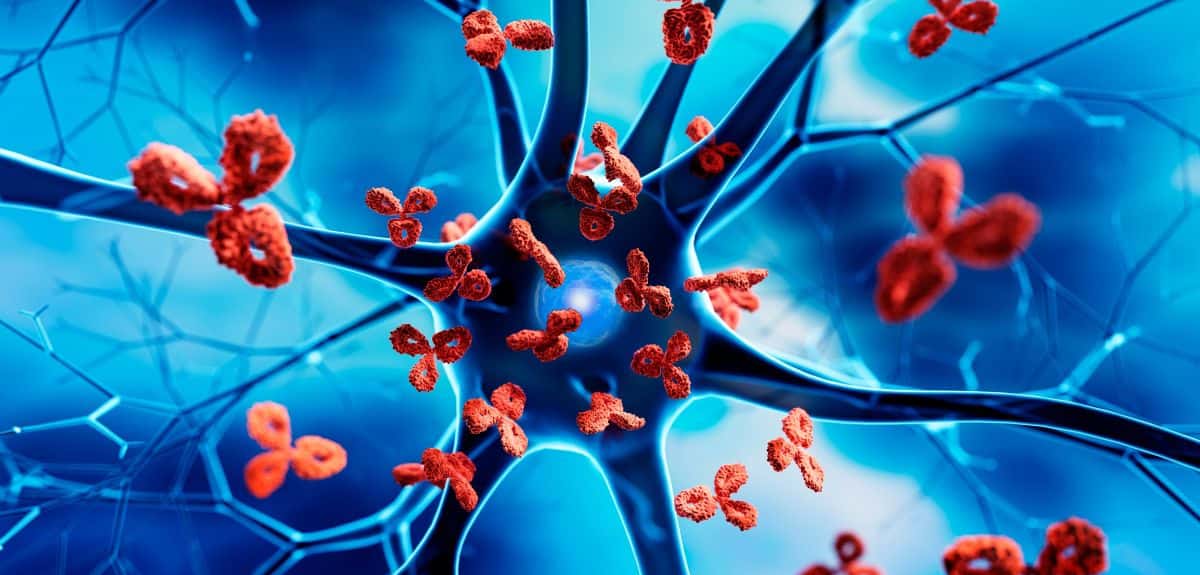
Researchers have designed smart, colour-controllable white light devices from quantum dots – tiny semiconductors just a few billionths of a metre in size – which are more efficient and have better colour saturation than standard LEDs, and can dynamically reproduce daylight conditions in a single light.
The researchers, from the University of Cambridge, designed the next-generation smart lighting system using a combination of nanotechnology, colour science, advanced computational methods, electronics and a unique fabrication process, writes the university in a press release.
More colors, wider white spectrum
The team found that by using more than the three primary lighting colours used in typical LEDs, they were able to reproduce daylight more accurately. Early tests of the new design showed excellent colour rendering, a wider operating range than current smart lighting technology, and wider spectrum of white light customisation. The results are reported in the journal Nature Communications.
As the availability and characteristics of ambient light are connected with wellbeing, the widespread availability of smart lighting systems can have a positive effect on human health since these systems can respond to individual mood. Smart lighting can also respond to circadian rhythms, which regulate the daily sleep-wake cycle, so that light is reddish-white in the morning and evening, and bluish-white during the day.
Natural light connected to wellbeing
When a room has sufficient natural or artificial light, good glare control, and views of the outdoors, it is said to have good levels of visual comfort. In indoor environments under artificial light, visual comfort depends on how accurately colours are rendered. Since the colour of objects is determined by illumination, smart white lighting needs to be able to accurately express the colour of surrounding objects. Current technology achieves this by using three different colours of light simultaneously.
The Cambridge researchers developed an architecture for quantum-dot light-emitting diodes (QD-LED) based next-generation smart white lighting. They combined system-level colour optimisation, device-level optoelectronic simulation, and material-level parameter extraction.

Efficient and more accurate smart lighting
The QD-LED system uses multiple primary colours – beyond the commonly used red, green and blue – to more accurately mimic white light. The team then validated their design by creating a new device architecture of QD-LED based white lighting. The test showed excellent colour rendering, a wider operating range than current technology, and a wide spectrum of white light shade customisation.
The design could pave the way to more efficient, more accurate smart lighting. In an LED smart bulb, the three LEDs must be controlled individually to achieve a given colour. In the QD-LED system, all the quantum dots are driven by a single common control voltage to achieve the full colour temperature range.
Selected for you!
Innovation Origins is the European platform for innovation news. In addition to the many reports from our own editors in 15 European countries, we select the most important press releases from reliable sources. This way you can stay up to date on what is happening in the world of innovation. Are you or do you know an organization that should not be missing from our list of selected sources? Then report to our editorial team.






